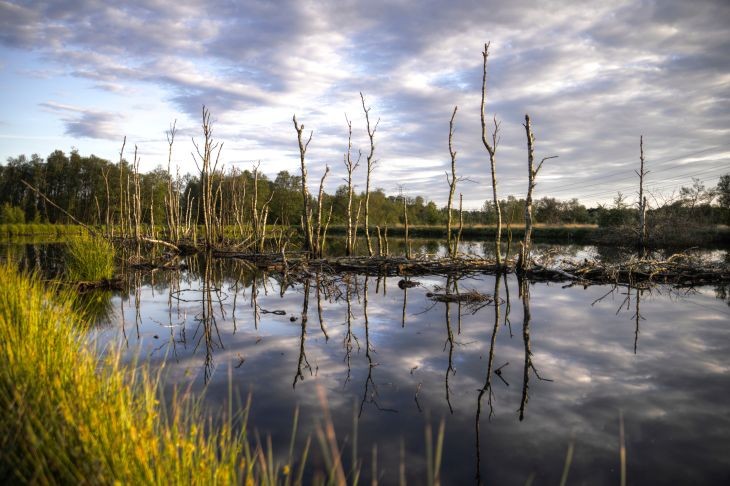What is voluntary wetlands protection?

The Council of Environmental Quality has defined wetlands protection as “the manipulation of a former or degraded wetland’s physical, chemical, or biological characteristics to return its natural functions.” [Council of Environmental Quality, White House Wetlands Working Group Report, 2000.] Within the voluntary context, wetlands protection refers to such activities which are not required by statutes or regulations. Examples of such activities include but are not limited to: land trusts purchasing titles or easements to wetland areas; community groups removing invasive species and planting native vegetation; or conservation programs that pay landowners to change practices such as cultivation or grazing that alter wetland areas.
According to the Wetlands Subcommittee of the Federal Geographic Data Committee, several different types of wetland protection exist [2]:
Restoration. Restoration refers to the manipulation of the physical, chemical, or biological characteristics of a site with the goal of returning natural/historic functions to former or degraded wetland. Restoration may, but does not always, result in a gain in wetland acres.
Enhancement. Enhancement refers to the manipulation of the physical, chemical, or biological characteristics of a wetland site to heighten, intensify, or improve specific function(s) or for a purpose such as water quality improvement, flood water retention or wildlife habitat. Enhancement results in a change in wetland function(s) and can lead to a decline in other wetland function, but does not result in a gain in wetland acres.
Preservation (or Protection/Maintenance). Preservation refers to the removal of a threat to, or preventing decline of, wetland conditions by an action in or near a wetland. This includes purchase of land or easement, repairing water control structures or fences, or structural protection such as repairing a barrier island. Preservation does not result in a gain of wetland acres or function.
Creation (or Establishment). Creation refers to the “construction of a wetland in an area that was not a wetland in the recent past (within the last 100-200 years) and that is isolated from existing wetlands (i.e., not directly adjacent).” [Gwin, S.E., M.E. Kentula, and P.W. Shaffer. 1999. Evaluating the Effects of Wetland Regulation through Hydrogeomorphic Classification and Landscape Profiles. Wetlands 19(3): 477-489.] Creation results in a gain in wetland acres.
To learn more about the benefits of wetlands, please visit our "Benefits of Wetlands" page.
This Page Last Updated: September 24, 2021 at 8:01 AM